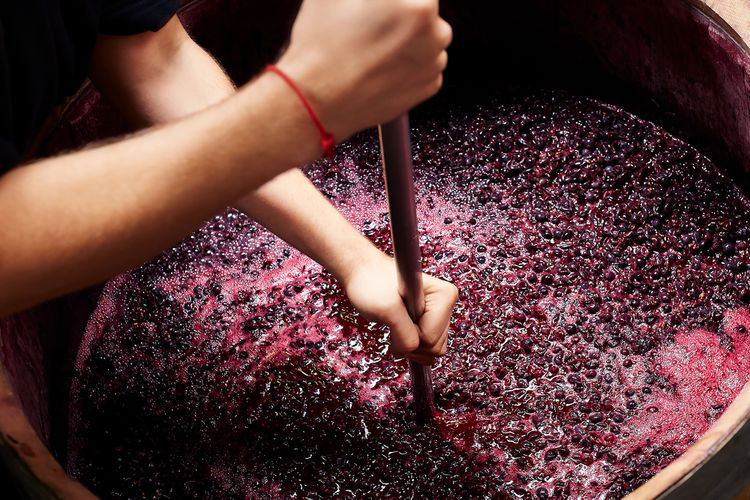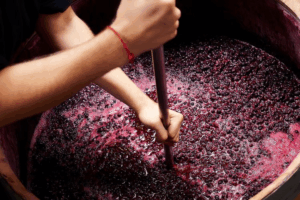WILD WHAT?
Natural “wild” wines, with their minimal intervention approach, often exhibit characteristics that conventional wines might consider flaws. These can include cloudiness, sediment, and a slight effervescence due to the absence of filtration and the natural production of carbon dioxide during fermentation. Other potential defects (characteristics), similar to those in conventional wines, can arise from oxidation, reduction, and volatile acidity.
Natural “Wild” wines have certainly carved out a niche in the wine community, appealing to those who value authenticity and the unique characteristics of each vintage.
The emphasis on natural fermentation highlights the importance of the local environment, as the wild yeasts contribute to distinctive flavour profiles that reflect local conditions. Moreover, the minimal intervention philosophy resonates with consumers looking for purity in their wine, making a statement about sustainability and connection to nature.
The “funkier” notes often invite discussions about the wine’s provenance and craftsmanship, enhancing the enjoyment of the tasting experience.
With the growing interest in sustainable practices and natural products, wild wines continue to attract a diverse audience, from dedicated wine aficionados to those simply seeking to explore the natural world through their palate.



